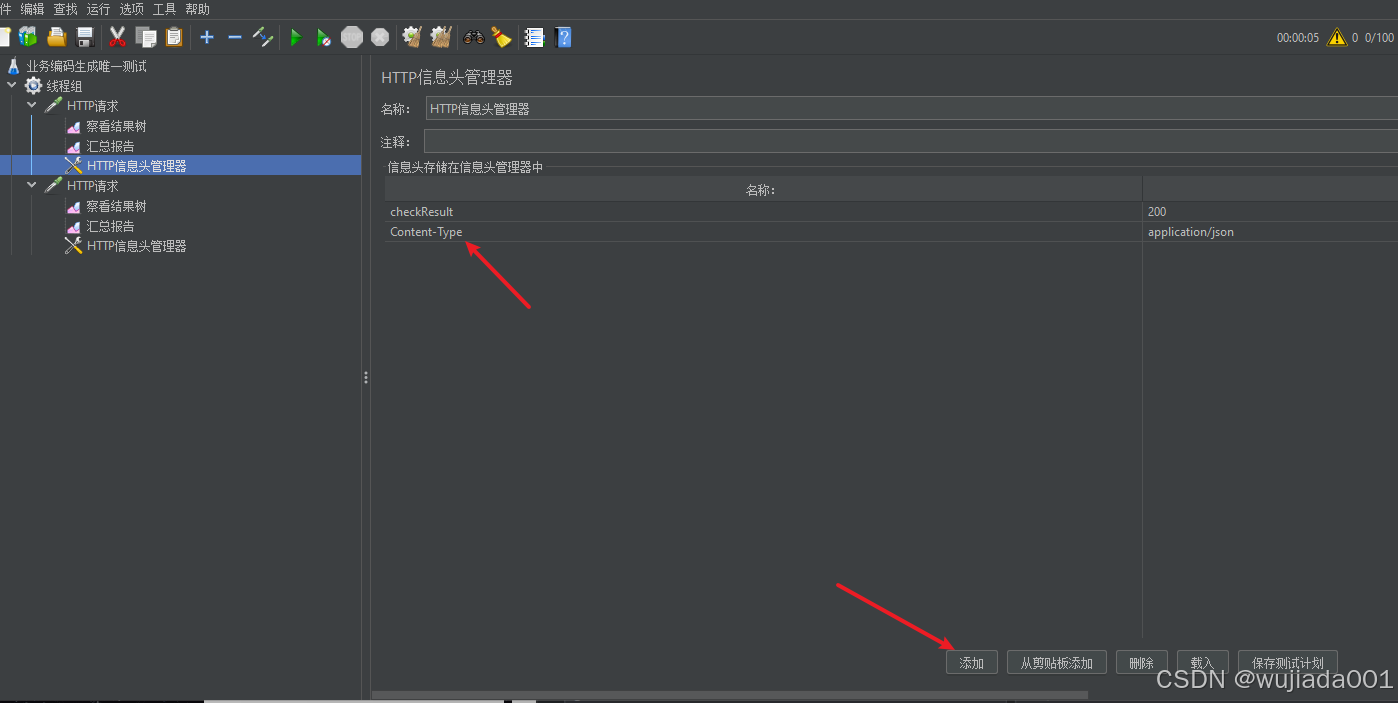下面是一个基于 Dijkstra 算法的实现方案,能够在 DEM(数字高程模型)数据上进行寻路,并满足以下需求:
使用 Qt C++ 编写;
规避 DEM 中的障碍物;
支持指定起点和终点;
使用 GDAL 库读取 DEM 文件;
输出路径到 TXT 文件;
输出的坐标为地理坐标(例如经纬度),而不是像素坐标。
前置条件
GDAL 库:确保你的开发环境已经安装了 GDAL 库,并在 Qt 项目中正确配置了 GDAL 库路径。
Qt 环境:确保已经安装 Qt 并配置开发环境。
实现步骤
- 初始化项目并引入 GDAL
在 Qt 项目的 .pro 文件中引入 GDAL 库和必要的标志:
QT += core
CONFIG += c++11
LIBS += -lgdal
2. 代码实现
下面是实现该功能的代码。
#include <QCoreApplication>
#include <gdal_priv.h>
#include <iostream>
#include <vector>
#include <queue>
#include <fstream>struct Node {int x, y;double cost;bool operator>(const Node& other) const { return cost > other.cost; }
};class DEMPathFinder {
public:DEMPathFinder(const std::string &demPath);bool findPath(double startLon, double startLat, double endLon, double endLat, const std::string &outputPath);private:double geoTransform[6];int width, height;std::vector<std::vector<double>> elevationData;std::vector<std::vector<bool>> obstacles;bool loadDEM(const std::string &demPath);bool isValid(int x, int y);double calculateCost(int x, int y, int nx, int ny);void pixelToGeo(int x, int y, double &lon, double &lat);void geoToPixel(double lon, double lat, int &x, int &y);
};DEMPathFinder::DEMPathFinder(const std::string &demPath) {GDALAllRegister();loadDEM(demPath


















